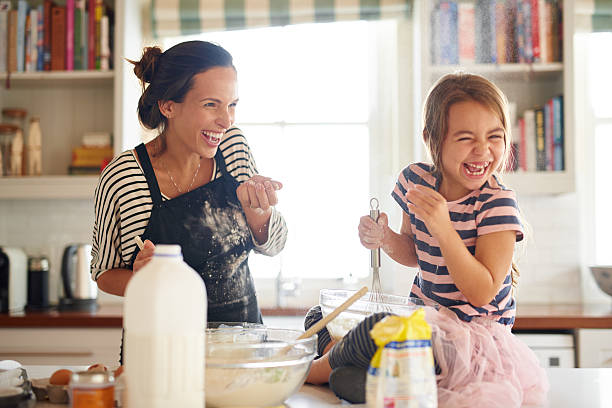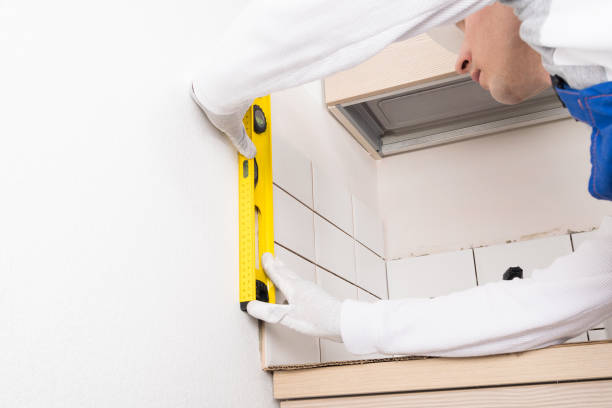Medical advancements have led to a trend of aging. The options available to older individuals are more varied, including living with their family or in their homes while maintaining access to medical care. Many families in the United States are trying to arrange their homes to accommodate a grandparent or parent moving in.
It is not easy to prepare a home for an elderly relative. You have to think about many factors, including safety and accessibility. This will help improve your relative’s quality of life. However, you must also be careful not to disrupt the lives of the people who live there. It can be difficult to find the right balance between making necessary changes and maintaining existing patterns.
The goal is to seamlessly integrate this older member of your family into your home so that everyone feels comfortable. Here are some suggestions to help you prepare your home for an elderly relative who will soon be moving in.
A separate but connected living space
A home addition is the best way to include an older family member in your home if you have the money. Your loved one might feel guilty for disrupting your rhythms. Even though you do everything you can to assure them otherwise, they may still not be convinced. You can reduce tension by creating a separate space. You can create your own private space by building an addition or converting unused rooms into a bedroom, bathroom, and small kitchen. It allows them to have some privacy while maintaining their connection with the family.
Accessibility
Accessibility is an important topic, especially for those relatives who are losing some mobility. You don’t want to restrict their access to your house because of accessibility issues. This will make them feel more welcome. Install a vacuum lift in your home if you have multiple floors that will be used. This is especially useful if a loved one has difficulty with stairs or uses a wheelchair. It may be necessary to widen the doorways between rooms to accommodate a wheelchair. You may need to fix rooms or hallways that have slippery floors so your elderly family member doesn’t take a risk. You can improve your living environment by making the entire home more accessible.
Update Your Bathroom
Bathrooms are a dangerous place, especially for older adults. The bathtub and the floor can be very slippery, particularly if they are wet. It can be difficult to get up and down the toilet. Investing in the safety of older people when updating your bathroom is an important step to prepare for their life stage. A raised seat in the bathroom is an option. A handlebar near it would also be useful. A bathtub with a door is a safer alternative to a standard tub. Your loved one will also benefit from less slippery flooring options. Upgrade your home to ensure the safety of older members.
Select A Bedroom with a View
The right bedroom will make a huge difference in accommodating the needs of the family members. The older relative can use a room that has a nice view if it is available. If they are facing health issues, they will likely spend a lot of time in the room. A nice view from a window or private patio door could be very beneficial to their mental health.
The Outdoors
The benefits of spending time outdoors are numerous, both for physical and mental health. Even though your elderly relative must be careful with extreme temperatures and sunlight exposure, they still need to breathe fresh air regularly. With outdoor furnishings, you can design a space for your older relative that meets their needs. It is a great way to strengthen the family bond while also supporting the mental health of all involved.
Consider it as an incorporation rather than a disruption.
Having an older relative move in will inevitably cause tension and stress. The individual moving in may also have their way of doing certain things. The best way to deal with this change is to shift your perspective and see it as an opportunity to integrate it into your life rather than disrupting it. As a family, you can support and care for each other. Prepare your home so that it can accommodate the person’s requirements. This will make the transition easier and less disruptive.



